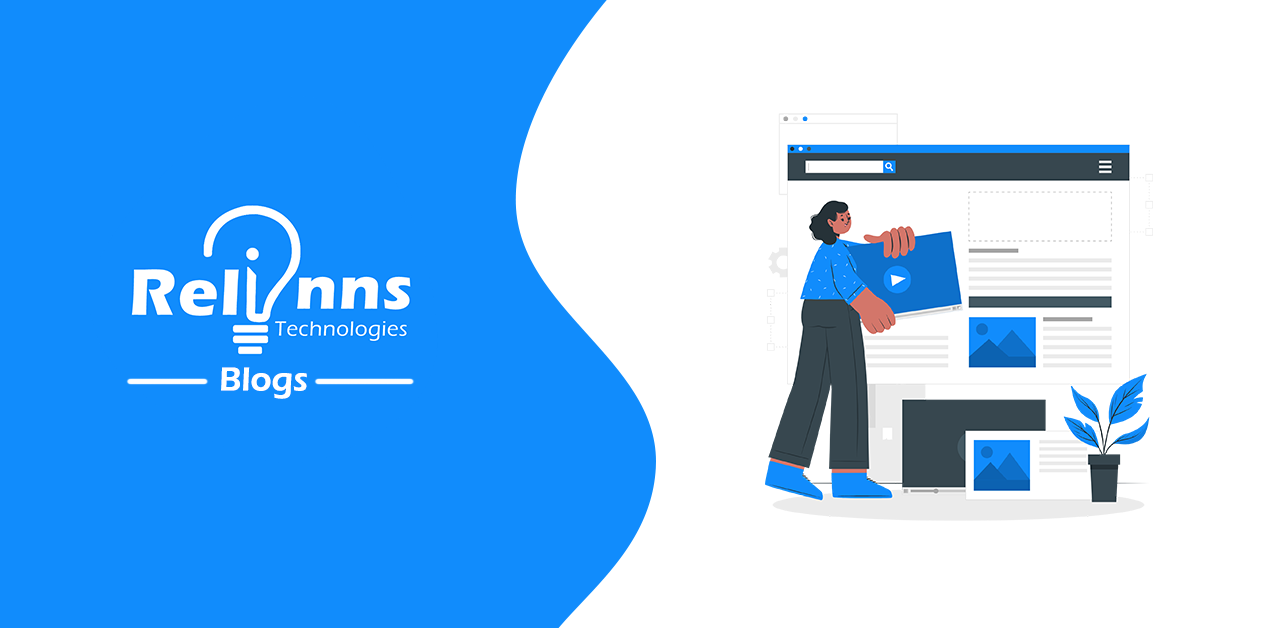MEAN Technologies: How can freshers gain an understanding?
Posted on December 27, 2022 at 10:53 AM
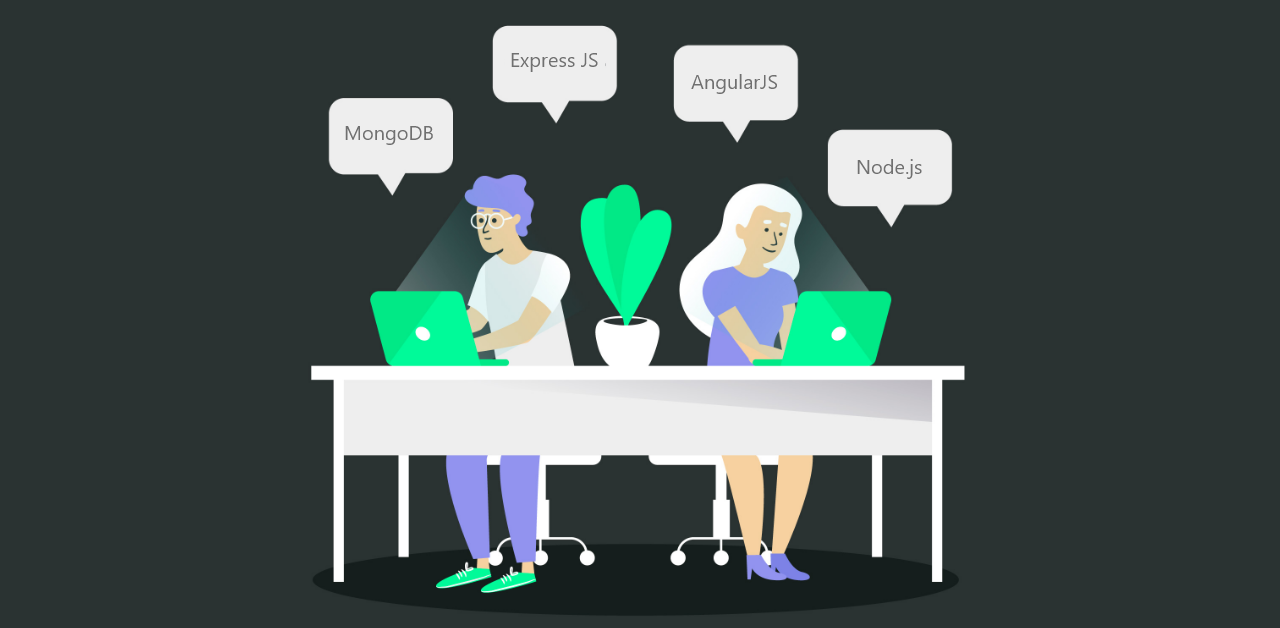
Do you know that the optimum loading time for a web page on Google is 2 to 3 seconds, and anything beyond that escalates bounce rates?
It signifies why one should work on one’s webpage loading time to ensure that one faces a minimal bounce rate. This goal can be achieved with the help of MEAN technologies.
That is one of the most exciting features of the MEAN stack. It has led several companies to hire a MEAN stack developer to ensure their businesses bear no losses because of unhappy website visitors.
There are currently 56343 MEAN stack jobs on Naukri.com, and the average annual salary for a stack developer in India is 4.2 lakhs, with salaries ranging from 1.8 lakhs to 10.6 lakhs.
If you are an aspiring MEAN developer who wants to know what MEAN technologies you should learn, follow the blog to get on track!
Do you know what a MEAN stack developer does?
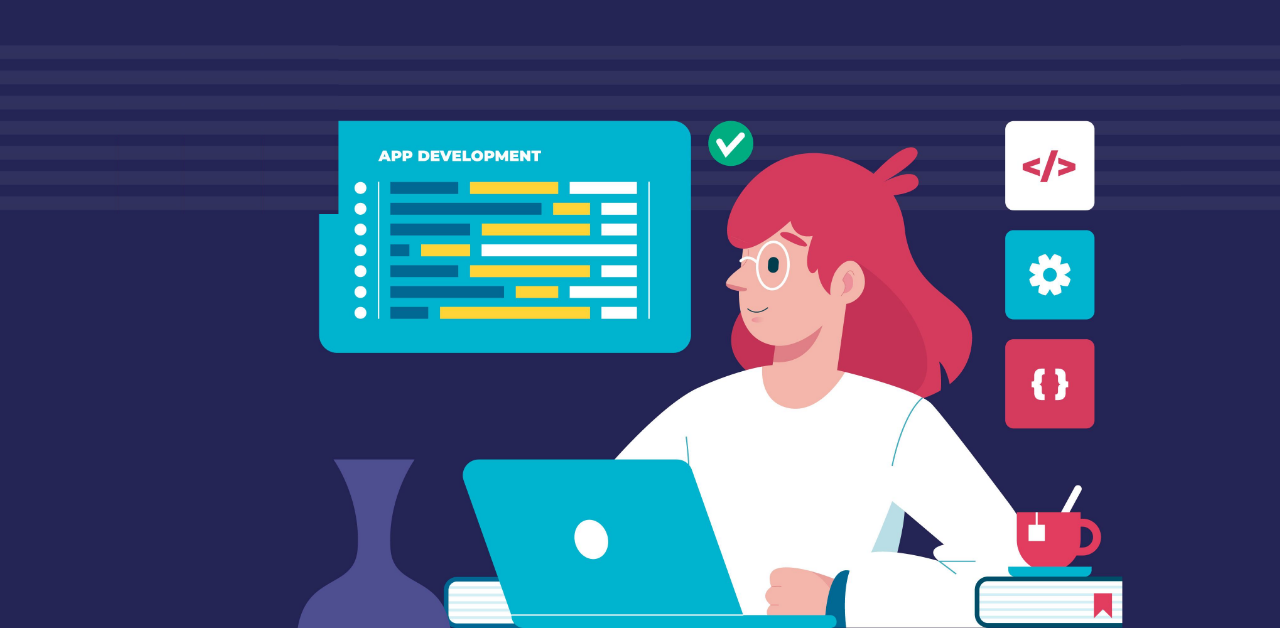
First off, a full-stack developer who focuses on using JavaScript’s MEAN stack is known as a MEAN stack developer. Being full-stack developers, they work on an application’s front end and back end.
Additionally, a developer for the MEAN stack should be proficient in JavaScript because MEAN is based on it.
A MEAN stack developer must be able to build various websites, including news aggregation sites, using MEAN’s four core languages. Aside from that, they must know how to develop web apps like calendars, maps, and location-based services.
What are the 4 major MEAN technologies?
MongoDB, Express.js, Angular, and Node.js make up the acronym MEAN. They represent the fundamental programming languages. As for the server-side framework, it is Express.js. The client-side framework is called Angular. Additionally, Node.js serves as the server’s JavaScript runtime.
Let us examine each one in greater detail.
1. MongoDB
First off, MongoDB is a free and open-source NoSQL database that enables outstanding performance and storage scalability for applications. Many businesses and developers who use the MEAN stack favor this JavaScript database. It is particularly true when managing enormous amounts of data across numerous tables.
A lot of people use MongoDB because of its features. These include attribute-based indexing, auto-sharding, and document-oriented databases. Additional features of MongoDB include quick in-place updates, high availability, comprehensive queries, replication, and expert support.
A MEAN stack developer can create a variety of functions by mastering MongoDB. For instance, content management and delivery, social and mobile infrastructure, and user data management.
Furthermore, because JavaScript is used throughout the MEAN, the data does not need to be translated as it passes through each technology. The application can quickly push data from the database to the back end.
Prerequisites to learning MongoDB:
- What is a database?
- Disadvantages of the SQL Database
2. Express.js
MEAN’s back end is called Express.js (or Express), a fast and minimalist web app framework for Node.js. This MEAN technology enables a MEAN stack developer to quickly construct a web server thanks to its comprehensive feature set.
Express manages the communications between the database and the front end. In addition to handling routes and forming responses, it contains cookies. It’s also frequently referred to as the “standard server framework” because it was created for Node.js.
Prerequisites to learning Express:
- JavaScript/ TypeScript
- Node.js
3. Angular
The front-end framework for JavaScript by default is Angular. It implies using Angular if you create a web application using JavaScript. The MEAN uses Angular for its web user-facing portion because it uses JavaScript.
The fact that Angular uses the same language as the MEAN stack does not automatically make it the front-end framework for the MEAN stack. As a result of the following qualities, it makes for an excellent and practical front-end:
- Its ability to simultaneously develop features for desktop and mobile
- It is a framework with excellent performance.
- Its simplicity of use and cleaner JavaScript structure
The framework generally works well for creating web applications that offer the best user experience. It works best when creating user-generated content portals, travel apps, and video streaming apps.
Prerequisites to learning Angular
- TypeScript
- CSS Preprocessor
- Template Code (Angular Material, HTML 5, etc.)
4. Node.js
One of the most widely used JavaScript frameworks is Node.js. It is a free and open-source server environment that works on popular operating systems like Windows, Mac OS, Linux, and others.
It enables MEAN developers to write JavaScript on the client and server, create dynamic page content, collect form data, and edit database data.
Due to these two factors, Node.js is one of the frameworks that is designed for performance:
- Asynchronous-driven architecture: This indicates that it can handle numerous requests. It puts a demand on hold and moves on to the next if it cannot be processed. Therefore, it doesn’t block off the entire line.
- V8 JavaScript engine: This JavaScript implementation from Google is the fastest. It facilitates speedier JavaScript execution within web browsers.
Prerequisites to learning Node.js:
JavaScript/TypeScript
Let us now wrap our heads around MEAN development!
- It all begins with Angular. It is the client-side language for JavaScript. Client requests are accepted by Angular, which then processes them for the subsequent stage.
- Angular processes the user’s request before moving on to Node.js. The technology is in charge of handling client and server requests.
- The request then goes through Express.js. This request is for access to the database.
- The MongoDB database stores the data after the request has been approved, and Express.js receives a response from it.
- The response is then returned to Node.js by Express.js. With this, Angular receives the response.
- The end-user then sees the outcome, thanks to Angular.
Are there other MEAN technologies you should know to develop the MEAN stack?
Yes, other technologies are also used in MEAN stack development. These are as follows:
1. JSON
The MEAN stack mainly makes use of JSON (JavaScript Object Notation). It is an open-standard data-exchange format that is simple for a full-stack developer and machine to read and write. When working with server-client interactions, JSON eliminates the need for full-stack developers to use libraries for data conversion.
2. HTML & CSS
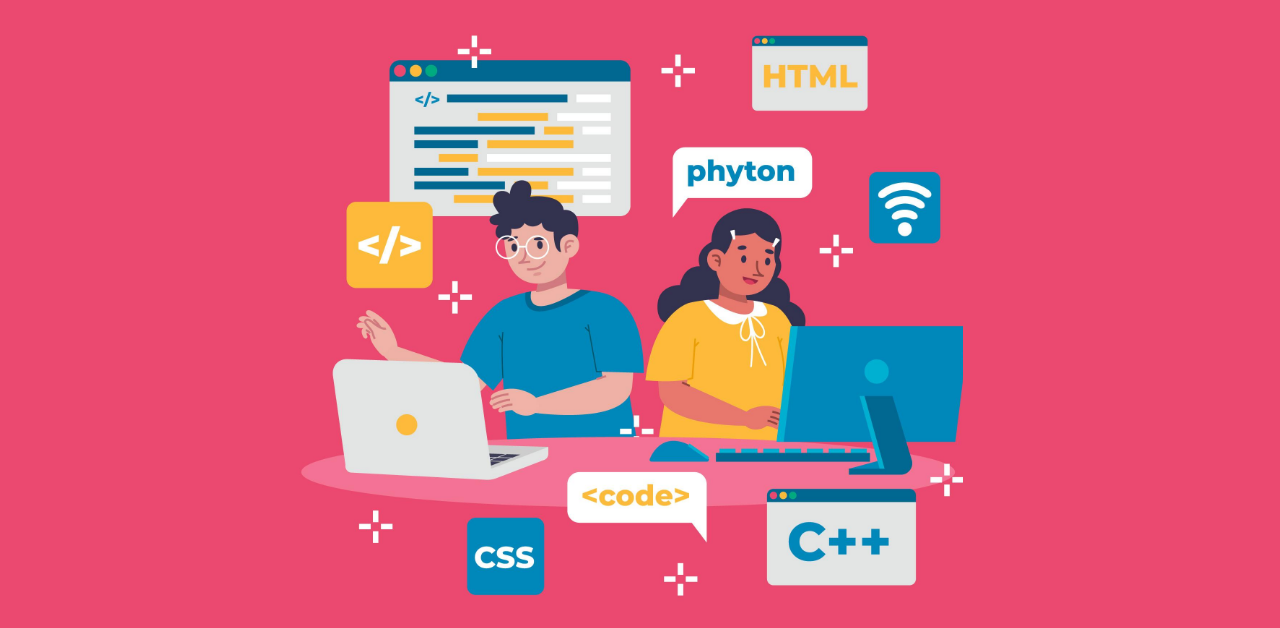
One of the critical technologies for creating web pages is HTML (Hypertext Markup Language), and the other is CSS (Cascading Style Sheets). While CSS generates the page’s layout or visuals, such as the font and colors, HTML creates the page’s content structure.
These foundational technologies, along with JavaScript, can be learned by any MEAN developer. A MEAN stack developer can make a working webpage or website using these three languages.
3. Continuous Integration
Software release preparation is facilitated by continuous integration. The MEAN development process necessitates frequent integration of code into a central repository.
Once a code has been entered, an automated build verifies it. It enables the MEAN stack developers to spot potential code problems right away.
Jenkins is the most widely used continuous integration (CI) tool. One needs to be familiar with Java, the Nginx web server, and Ubuntu before learning to use Jenkins.
Have any tech giants ever opted for MEAN development?
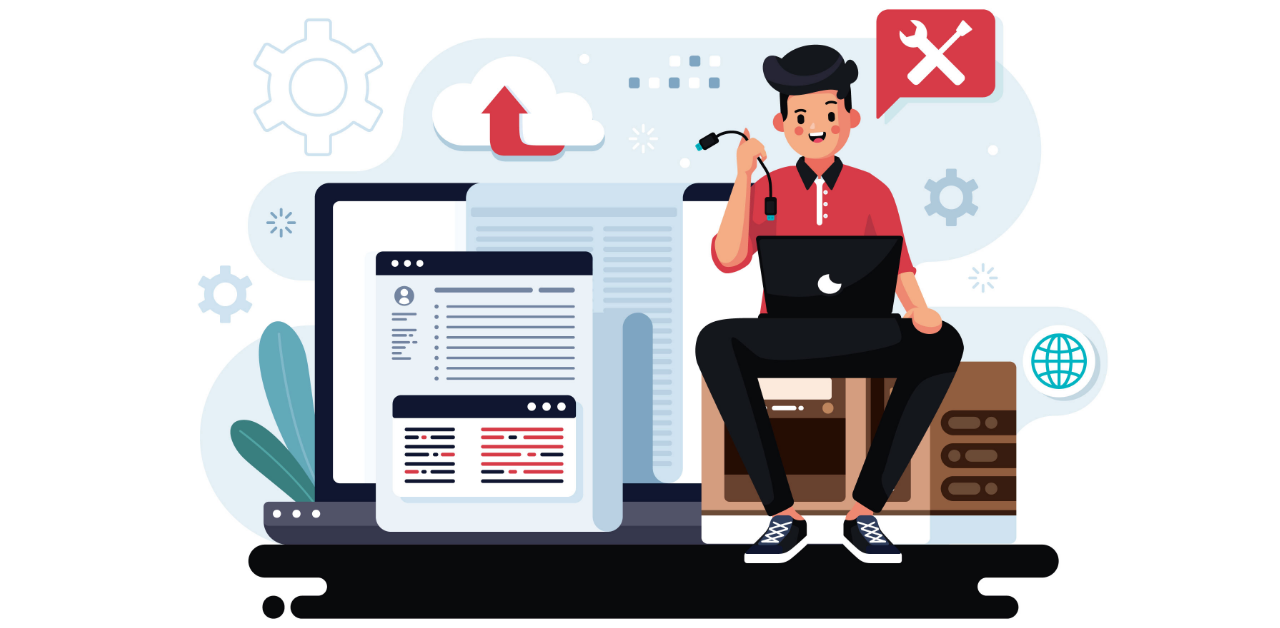
Both small businesses and established corporations use MEAN for their web development.
Numerous tech firms use MEAN, including Google, LinkedIn, Netflix, PayPal, and Uber.
Conclusion
So these are the major MEAN technologies you need to focus on to improve your skills and increase your prospects of getting a job.
Do you know what else you need to succeed and become a competent MEAN developer? An internship!
An internship helps an individual learn from subject experts while putting their acquired knowledge and skills to the test.
It is also a great way to transition from college life to the corporate world.
If you want to enhance your existing knowledge of MEAN technologies and want to put your knowledge to the test, visit www.relinns.com to bag an internship and soar high!
Related Posts
We could talk tech all day. But we’d like to do things too,
like everything we’ve been promising out here.

